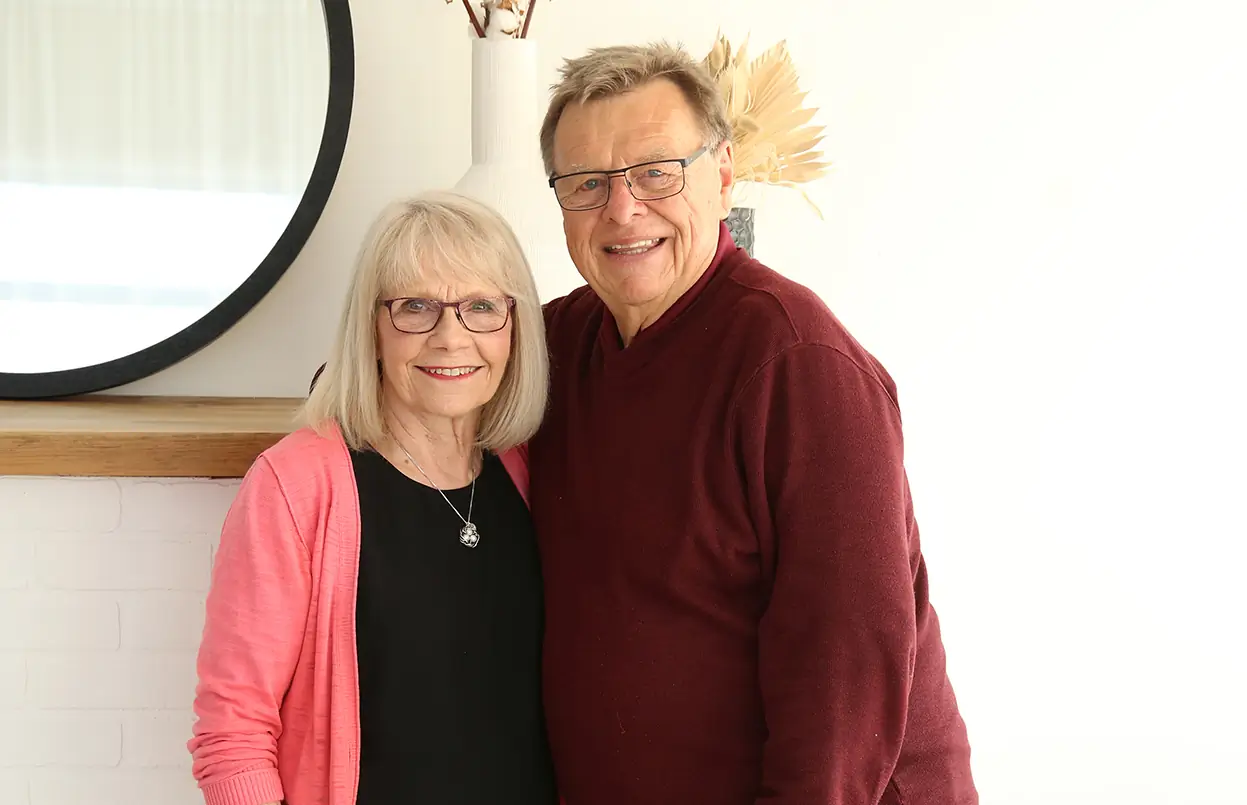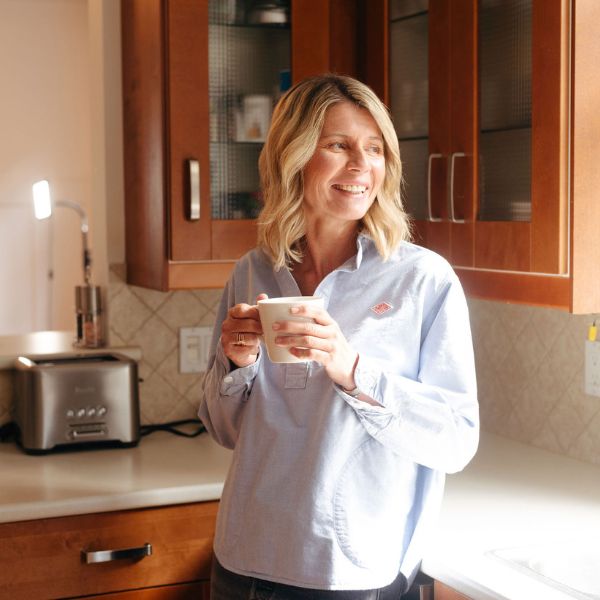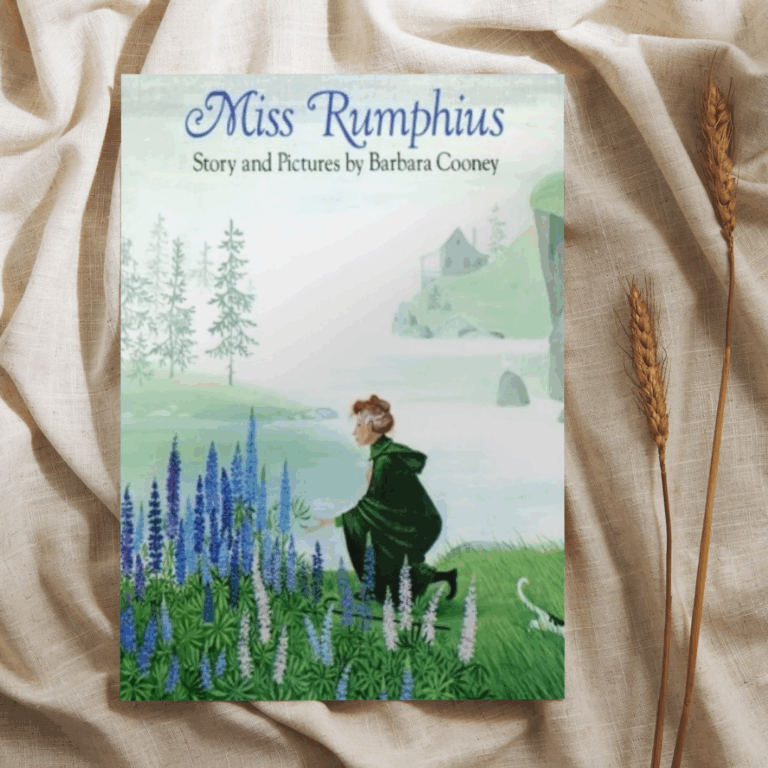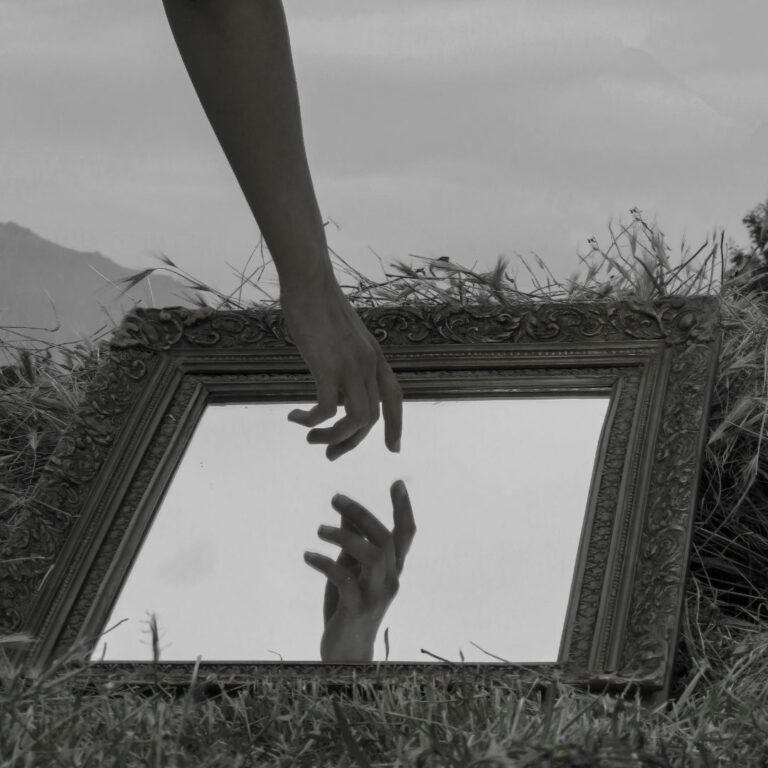First comes marriage, then comes love
Relationships15.11.2023
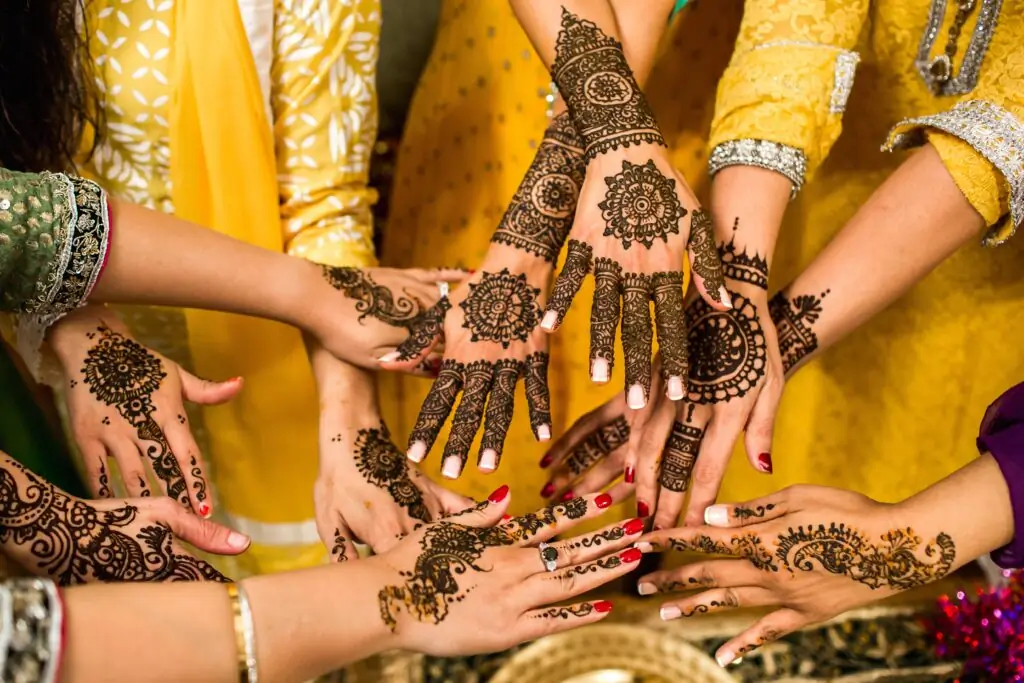
South Asian weddings are incredible week-long affairs – days of pure joy, festivity, and amusement – and they haven’t changed much through time.
Back in Bangladesh, brides traditionally wear a vibrant red sari wrapped around their bodies with heavy and sparkly gold jewelry on their necks and arms. Grooms wear a white sherwani, a long-sleeved outer coat, paired with a turban or a dupatta, and matching shoes. Houses are decorated with flowers, and lights hang from the walls. Backyards are prepared with flowery stages, tables, and chairs to hold a series of events and outdoor celebrations.
The days leading up to the wedding day encompass full days of celebrations which consist of the gaye holud party (where the brides and grooms are blessed and cleansed with turmeric paste), mehndi night (where the brides put henna on their hands), and lots and lots of food.
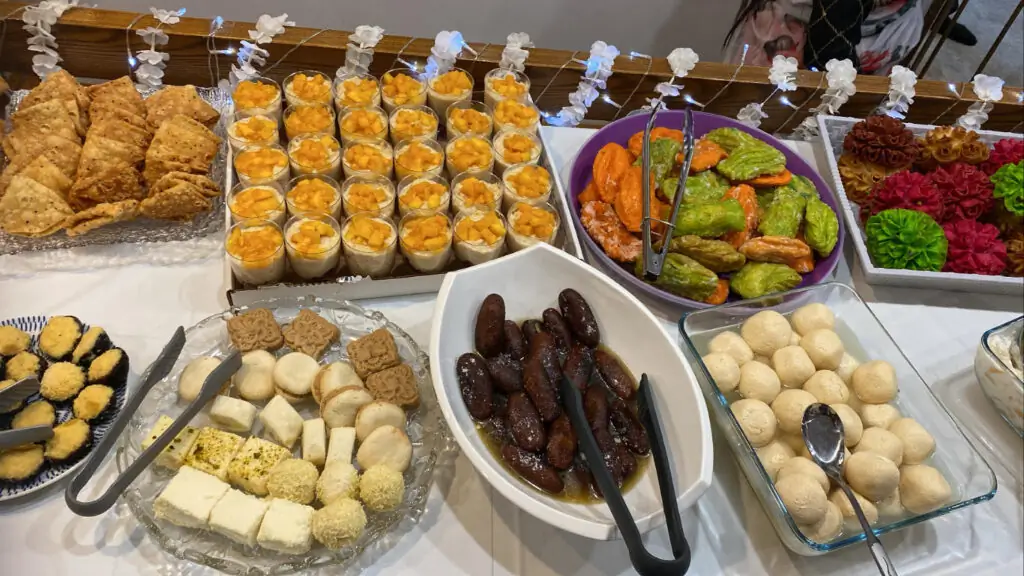
On the wedding day, the groom can be expected to make an unforgettable entrance on a white horse surrounded by family and friends accompanied by live music. Wedding venues are full of guests, and every female guest is dressed glamorously and lavishly in colourful traditional outfits such as lehengas or sarees.
But what about the way brides and grooms arrive at this momentous event? Has it evolved in recent years? The answer is yes – and no.
Arranged marriages are based on the concept “first comes marriage, then comes love.”
In Bangladesh, as well as in other South Asian countries, arranged marriage is a common practice that has been carried over from generation to generation. When I was a kid, I used to struggle with the concept. How could two individuals, chosen by their parents, be expected to spend their entire lives together based solely on a photograph? How was this even legal? But then I looked around and thought, “Everyone in my family got married this way, so what’s wrong with it? They seem happy.”
Everyone in my family got married this way, so what’s wrong with it? They seem happy.
Arranged marriages are based on the concept “first comes marriage, then comes love.” Although many might see this type of union as something from medieval times, it is very much practiced today. With the world being so globalized, connected, and advanced, finding your life partner should be pretty easy. But interestingly, South Asians today still seem to prefer arranged marriage to finding their own love match.
That said, the steps between identifying a potential spouse and getting married are quite different today than they were in the past. For example, in my parents’ generation, dating and going out with your boyfriend/girlfriend was very much taboo. People made the important life decision about who to marry after gazing at a picture of a future husband/wife selected by their families with no opportunity to get to know one another. In 2023, dating is becoming a bit more normalized and accepted. Despite the initial contact being arranged by the parents, the next steps and final decision are in the hands of the candidates.
Biodata helps to find future spouses
Another recent development in arranged marriages is the concept of a biodata – a biographical document about a person’s work, education, family, and hobbies. Think of it as a job resume. I first learned about biodatas when I was watching a documentary on Netflix called Meet the Patels, where the main character was trying to find a potential marriage match through the use of a biodata.
Initially, I didn’t believe people really used “resumes” to find their future spouses, but then later on, as I was watching the popular show Indian Matchmaking, I realized that biodatas are real things. To my surprise, even my own family members have them! Almost all of my cousins and South Asian friends have a biodata ready to distribute.
Let me explain to you how biodatas are used. Families distribute their sons’ and daughters’ biodatas to potential candidates. When there is interest after an initial screening, families from both sides meet for a chai and snacks to see if there is compatibility (sort of an initial interview screening).
Once that step is completed, and there is positive feedback from both sides, the prospective bride and groom are given the time to date to see if this match could evolve into a long-term relationship. If the two candidates feel they are right for each other, a wedding date is set. And then it’s time for a big fat South Asian wedding!
Although South Asian people have the option of finding their life partner themselves nowadays, it seems that in the end most prefer a match made by their parents. They have trust and confidence that their parents know what is best for them. Perhaps a marriage arranged by parents is a match made in heaven.

